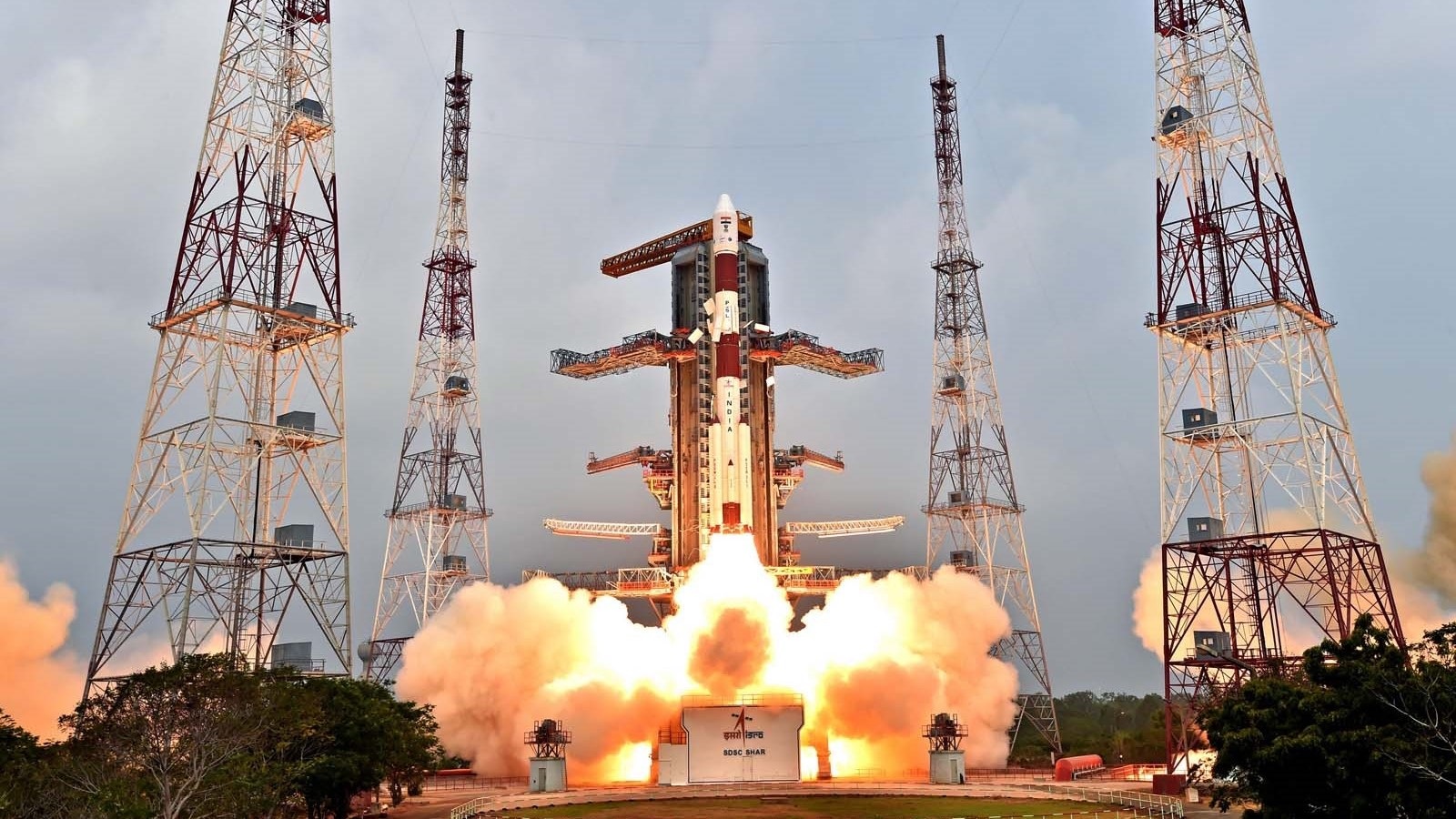
After accomplishing various achievements in the space industry, the Indian Space Research Organisation (ISRO) has now set eyes upon the upcoming earth observation satellite called Hyperspectral Imaging Satellite (HySIS). The HySIS will not only enhance India’s capability in space but will also add teeth to the way India will be seen from about 600 km in space.
The HySIS will use the “optical imaging detector array”, which is a chip that will enhance the capability of the Earth Observation satellite. Developed by ISRO, the chip will play a critical role in the functioning of the satellite, and hence it is decided to test the chip to perfection.
With this mission, “ISRO is endeavouring to enter the domain of operational hyperspectral imaging from earth orbit with a satellite that can see in 55 spectral or colour bands from 630 km above ground,” ISRO has said. It said it decided to develop the chip that suited Indian requirements.
Hyperspectral or hyspex imaging is said to be an earth observation trend that is being experimented globally. Adding a new dimension to plain-vanilla optical imagers, it can be used for a range of activities from monitoring the environment, crops, looking for oil and minerals all the way up to military surveillance — all of which need images that show a high level of differentiation of the object or scene.

About a decade ago, ISRO added another earth observation niche with microwave or radar imaging satellites RISAT-1 and 2 that could ‘see’ through clouds and the dark — an important feature that is useful for the military and security agencies.
‘Hyspex’ imaging is said to enable distinct identification of objects, materials or processes on earth by reading the spectrum for each pixel of a scene from space.
Another official described it as “another important development by ISRO in its quest for better and diverse earth observation technologies.”
ISRO first tried it out in an 83-kg IMS-1 experimental satellite in May 2008. The same year, a hyperspectral camera was put on Chandrayaan-1 and used to map lunar mineral resources. Very few space agencies have such a satellite; a German environmental satellite called EnMAP is due to be launched on an Indian booster in 2018.
The payloads development center, Space Applications Centre, Ahmedabad, designed the architecture of the chip which was made at ISRO’s electronics arm, the Semi-Conductor Laboratory, Chandigarh. The result was a detector array that could read 1000 x 66 pixels.




